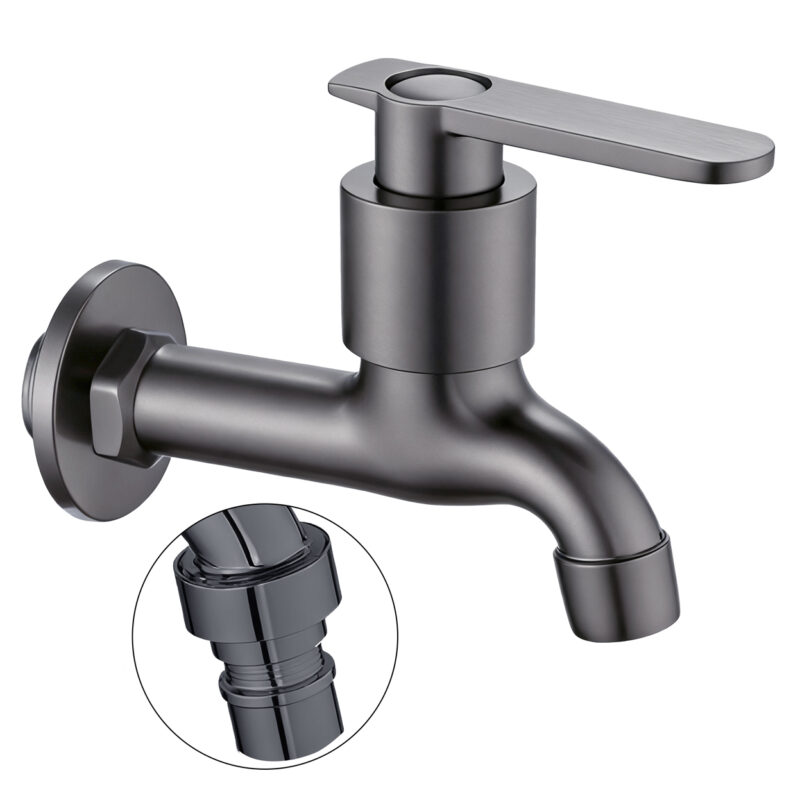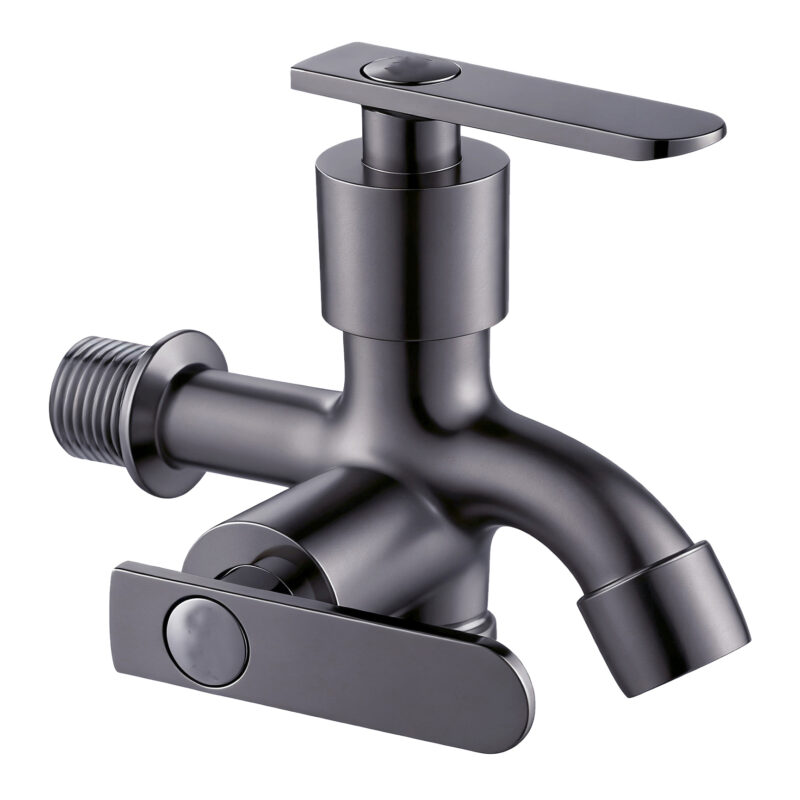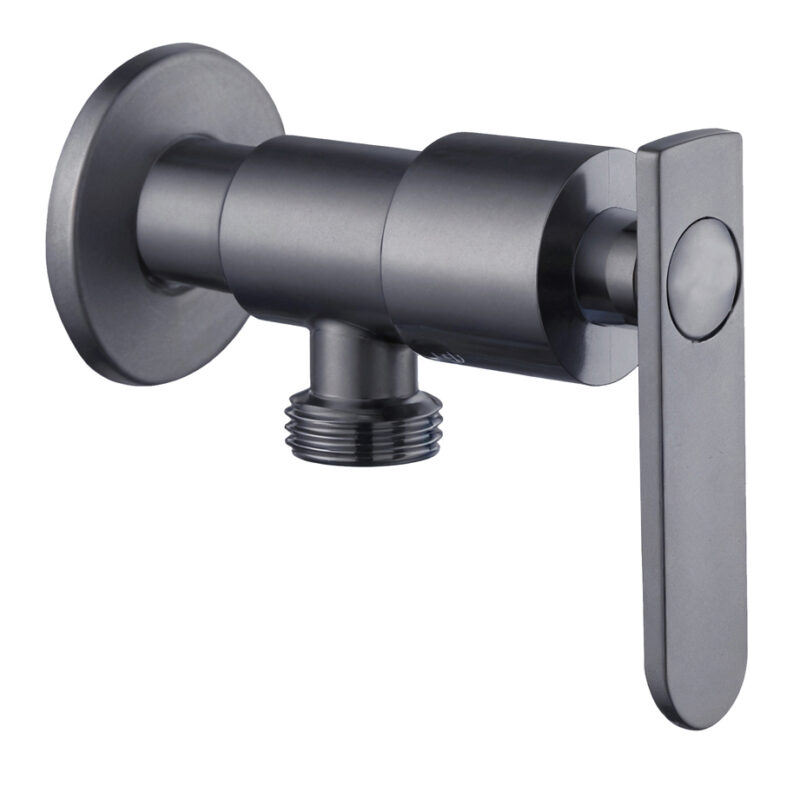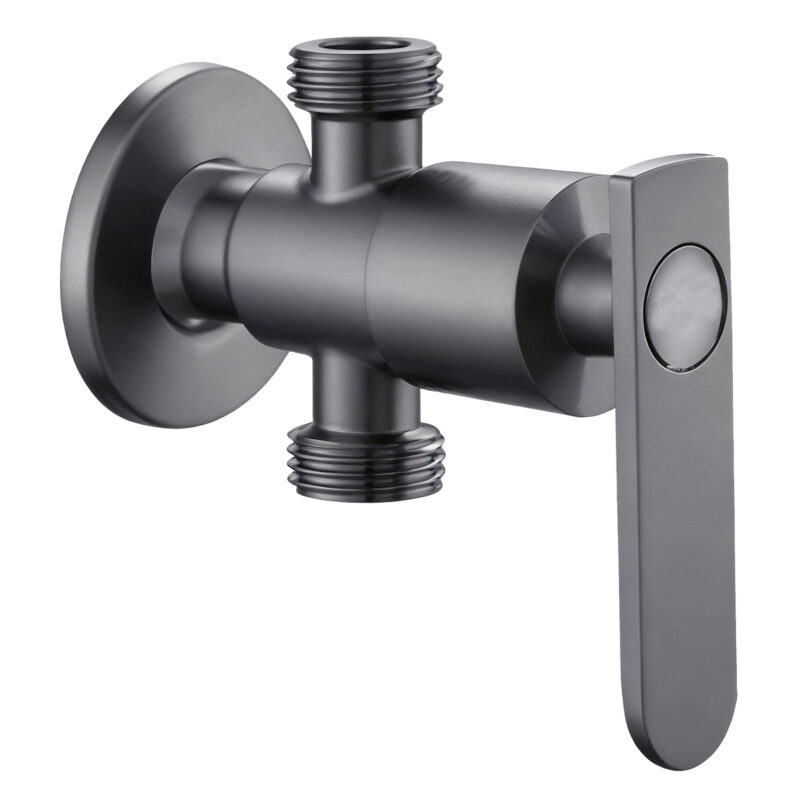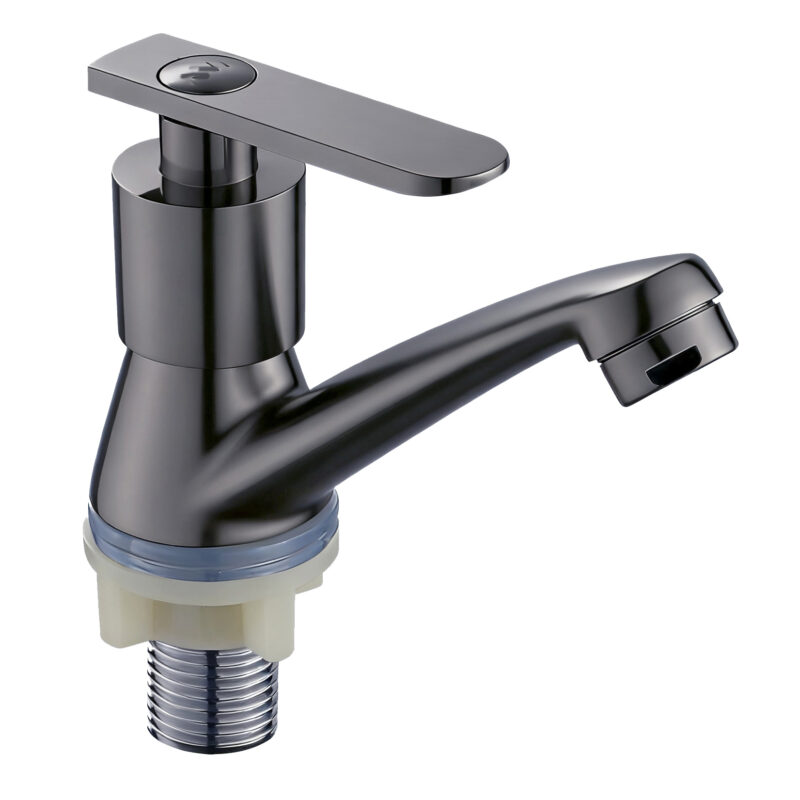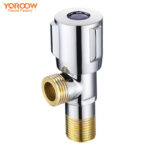As a core water – using component in household kitchen facilities, the kitchen tap water single – cold sink faucet directly affects the daily user experience. Chinese faucet factories, with their mature manufacturing processes and strict quality control systems, produce single – cold sink faucets that are not only stable in quality but also feature diverse designs, suitable for various kitchen decoration styles. The following details the installation process and key usage points of this product.
(I) Precautions Before Product Installation
Before the formal installation of the kitchen tap water single – cold sink faucet, careful reading of the product manual is essential. The manual contains important information such as product technical parameters, applicable scenarios, and special precautions, which can help users avoid installation mistakes. Meanwhile, conduct a comprehensive inspection of the faucet body and its supporting parts to ensure there are no issues such as appearance damage or missing components. In addition, accurately measure the dimensions of the reserved installation holes on the kitchen countertop and sink, and compare them with the faucet’s specification parameters. If there are size deviations, handle them in advance by methods such as reaming or adding suitable gaskets to ensure installation compatibility.
(II) Required Installation Tools
For the installation of the kitchen tap water single – cold sink faucet, common hardware tools are required. Essential tools include: wrenches (it is recommended to use adjustable wrenches or special faucet wrenches) for tightening nuts and bolts, screwdrivers for removing and installing screws, Teflon tape for enhancing joint tightness, and silicone for waterproof sealing. These tools can effectively ensure the smooth progress of the installation process and the installation quality.
(III) Preparation Steps Before Installation
Before starting the installation work, the primary operation is to turn off the main water valve in the kitchen to completely prevent water flow interference during the installation. Subsequently, use cleaning tools to thoroughly clean the area around the sink installation hole, removing residual debris, dust, and oil stains to create a clean and flat base surface for subsequent installation. Finally, arrange the faucet accessories in the installation order for quick access and improve installation efficiency.
(IV) Standard Installation Process
- Pass the threaded pipe of the faucet vertically through the sink installation hole, ensuring it extends smoothly from below the sink and maintaining the vertical alignment between the faucet body and the sink surface.
- From below the sink, put the gasket and nut onto the threaded pipe in sequence. Use a wrench to fix the faucet gradually by tightening diagonally. During operation, control the tightening force to avoid cracking the sink or damaging the faucet due to excessive force, aiming for a stable installation without component damage.
- Connect the water inlet pipe to the faucet’s water inlet. Wrap the joint with Teflon tape in a clockwise direction, usually 5 – 8 turns. After wrapping, tighten the water inlet pipe onto the water inlet to ensure a tight connection without looseness.
- If the faucet is equipped with additional functional components, such as a pull – out spray head, complete the installation strictly in accordance with the product manual instructions.
(V) Usage Testing and Inspection Key Points
After the installation is completed, slowly open the main water valve in the kitchen and observe whether there are any leakage phenomena at each connection part of the faucet. At the same time, open and close the faucet switch multiple times to test its operational flexibility and check for any dripping in the closed state. In addition, pay attention to whether the water flow is uniform and the water pressure is normal. If there are any abnormal water flow conditions, promptly investigate the cause.
(VI) Common Installation Problems and Solutions
- Water leakage: Leakage at the connection is mostly due to improper winding of Teflon tape or insufficient tightening of the nut. When dealing with this, first turn off the water valve, remove the connection parts, re – wind the Teflon tape properly, tighten the nut moderately, and then conduct another leakage test.
- Unsmooth water flow: Blockage of the water inlet pipe or accumulation of impurities inside the faucet are common causes. First, check whether the water inlet pipe is bent or blocked, and unclog it in a timely manner if there is a problem. If the problem persists, carefully remove components such as the faucet filter for in – depth cleaning and then reinstall.
(VII) Safety Tips and Maintenance Suggestions

During the installation and use process, personal protection should be taken to avoid scratches from tools or cuts from component edges. For daily maintenance, regularly wipe the faucet surface with a soft cloth and a neutral cleaner to promptly remove water scale and stains, maintaining its smoothness and service life. If the faucet malfunctions, do not disassemble complex structures without authorization. Instead, contact professional maintenance personnel or seek help through the after – sales channels of Chinese faucet factories to ensure the professionalism and safety of the repair.
By following the above steps and suggestions, users can successfully complete the installation of the kitchen tap water single – cold sink faucet. With the product quality of Chinese faucet factories and scientific installation and maintenance methods, it will bring long – lasting and stable water supply guarantees for kitchen life.


